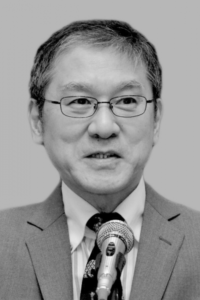
Q: How poor will Japan become? A: It’s already sufficiently wealthy; it won’t become poor even at zero growth.Japan faces a declining population and a rapidly aging society. A look at the future of Japan that Abenomics cannot forecast. The reason why the Japanese public is worried that the nation could start to decline without growth is because past administrations have historically indicated that a recovery in the growth rate would reverse Japan’s economic depression and solve the problem of its aging society. But as the Japanese people already earn an average per capita gross domestic product (GDP) of close to 40,000 U.S. dollars despite still being worried about further growth to avoid becoming poor, from a historical and global perspective they are really quite unusual. To avoid any misunderstanding, I must add that I am by no means saying that in the long ... ... [Read more]








